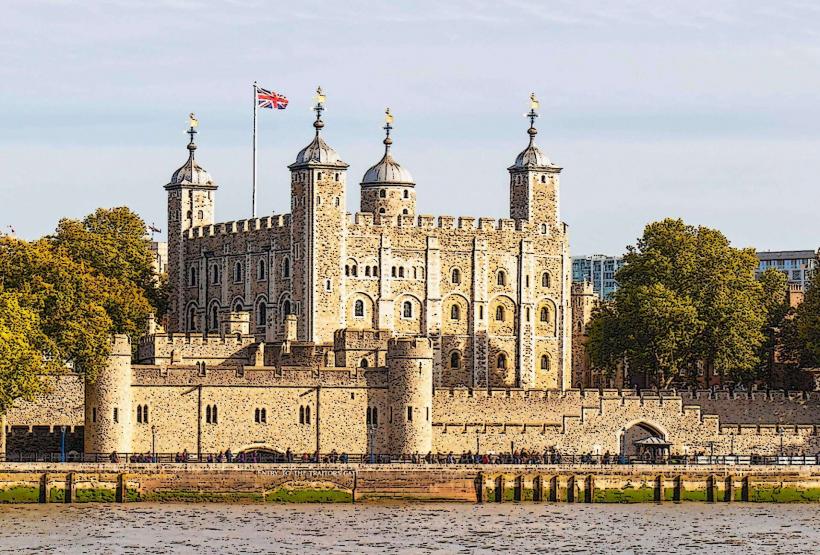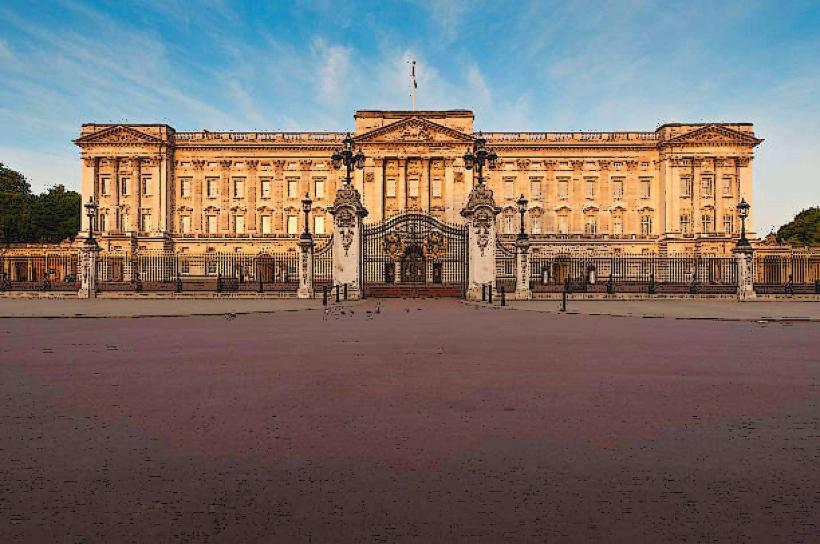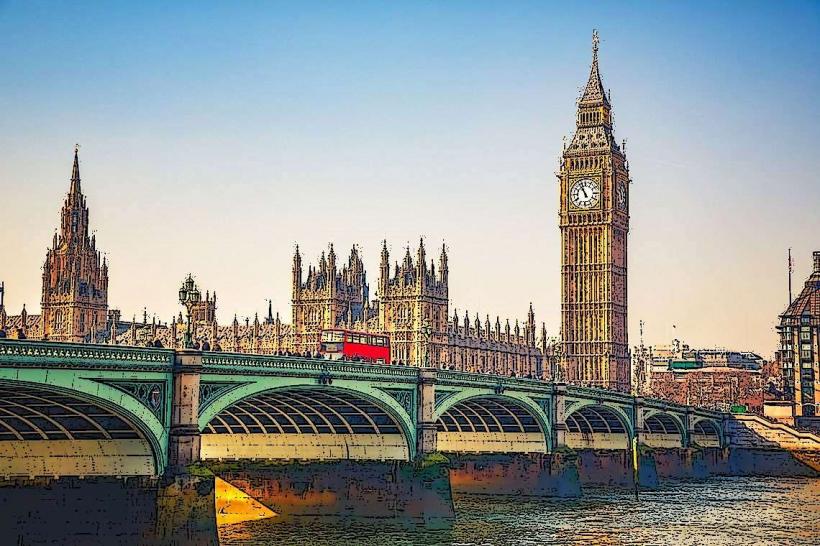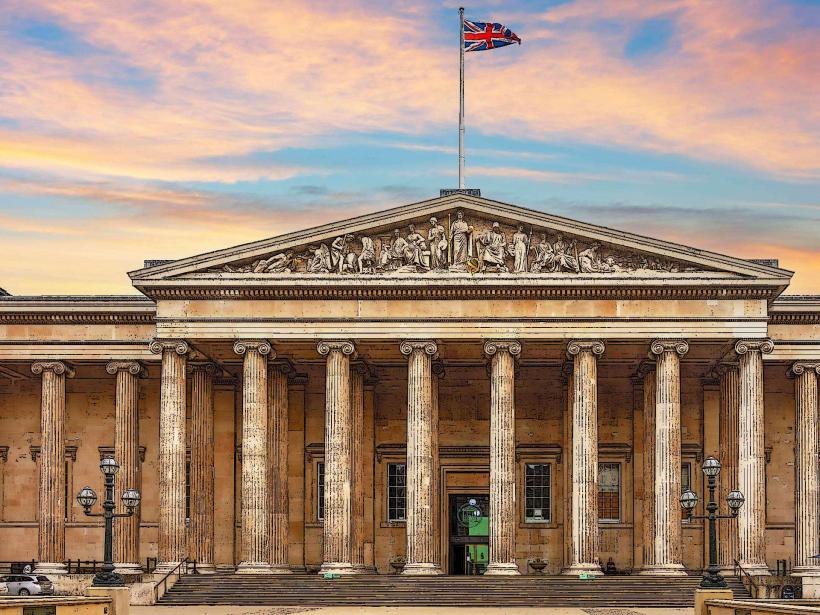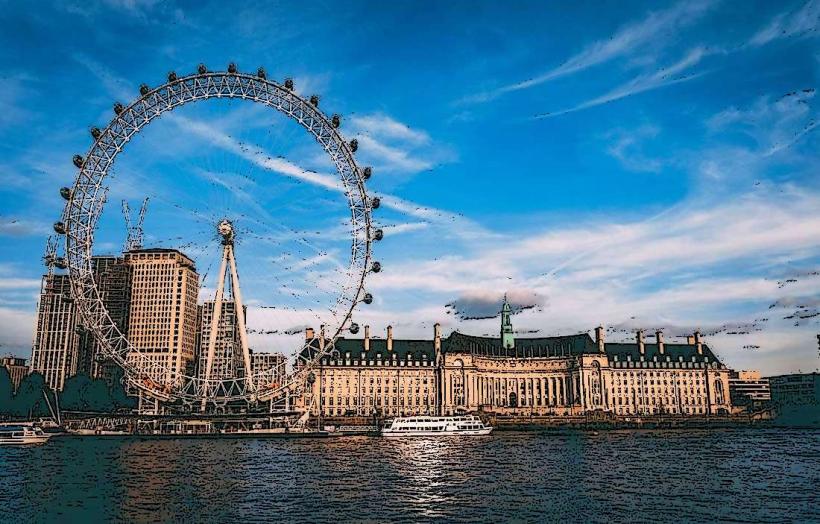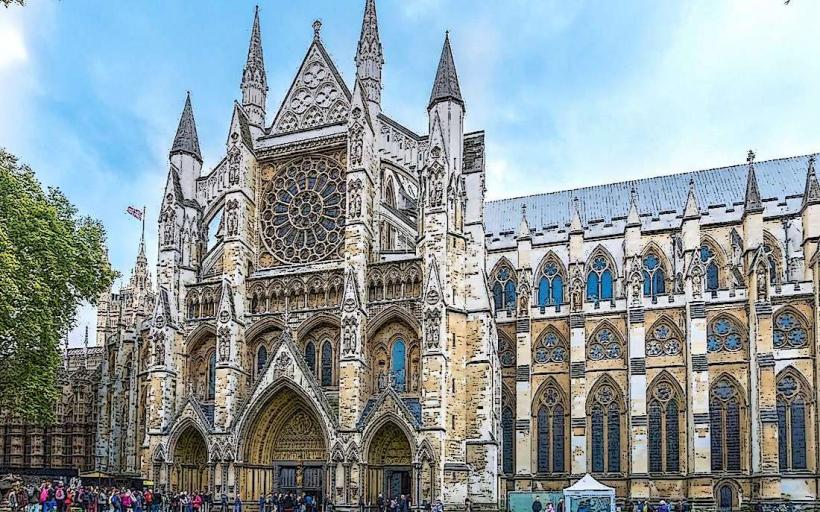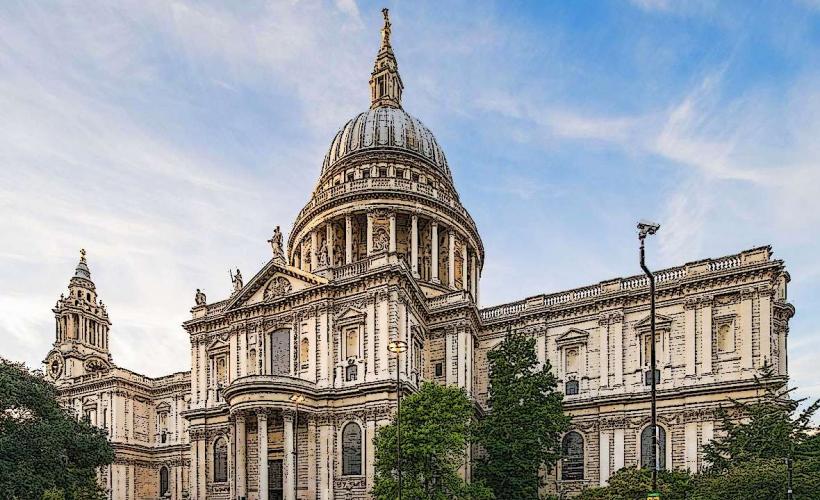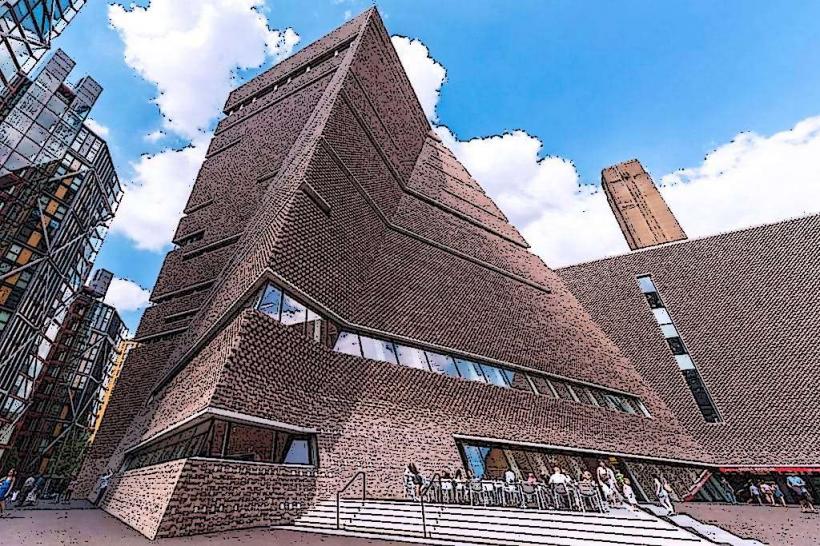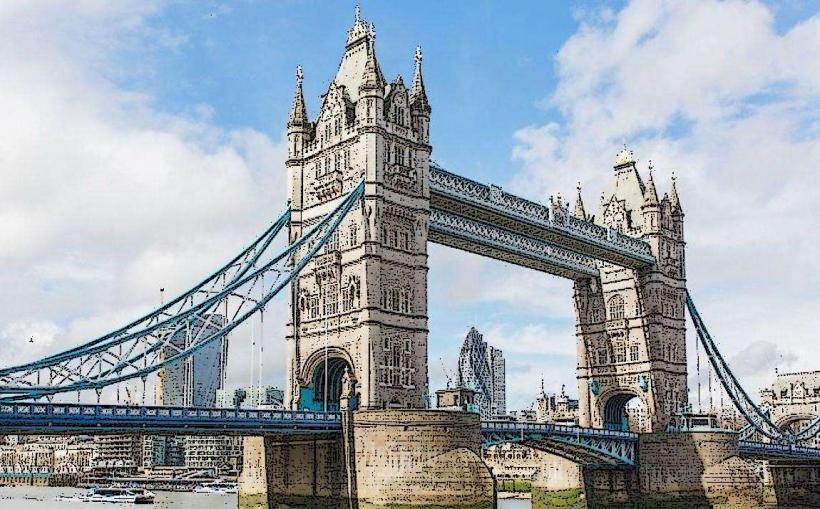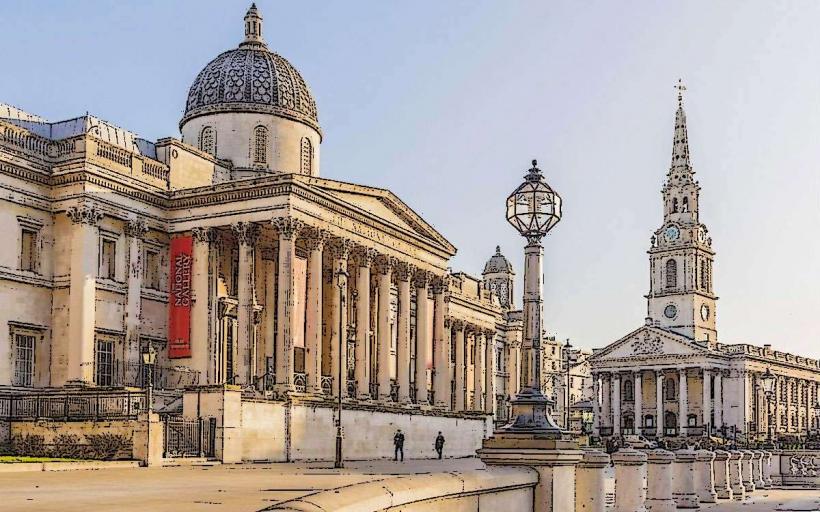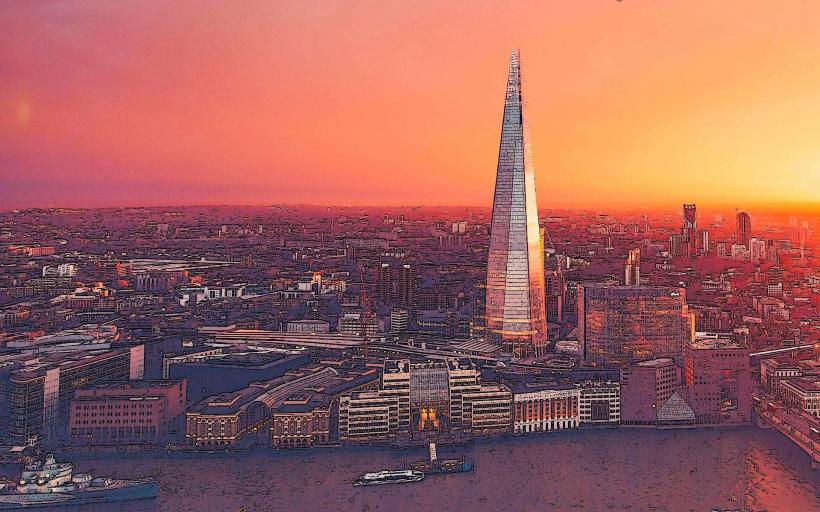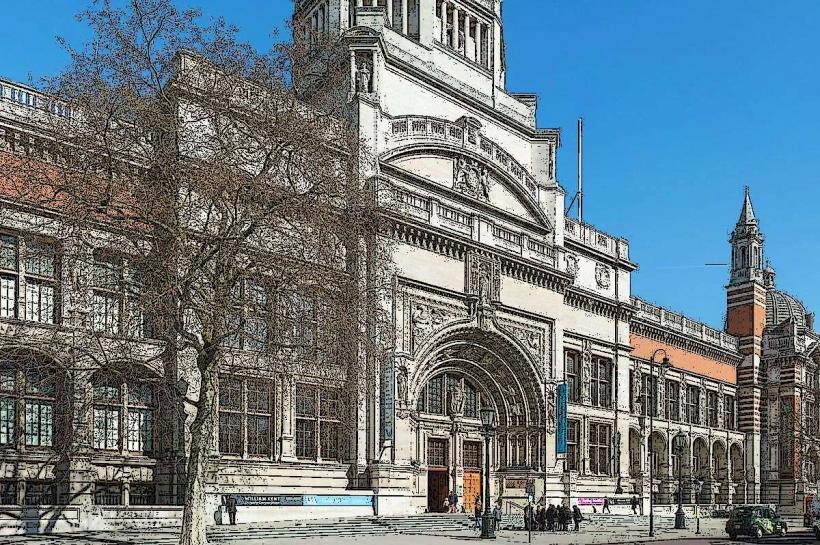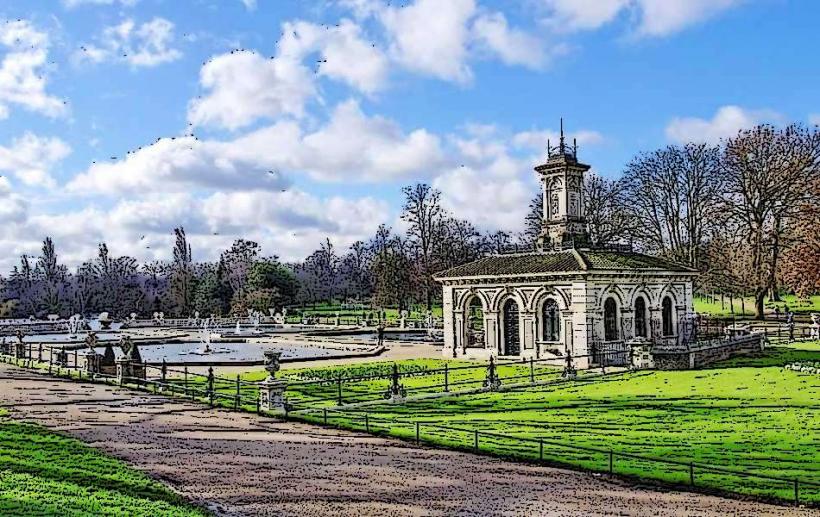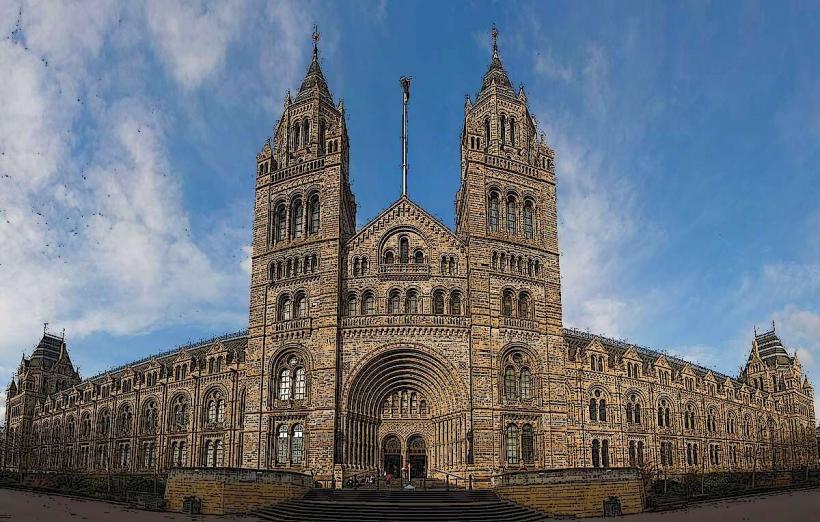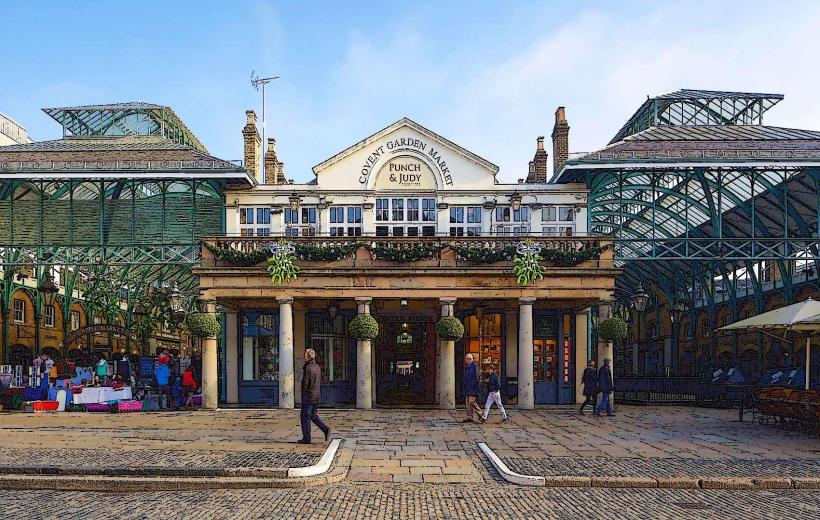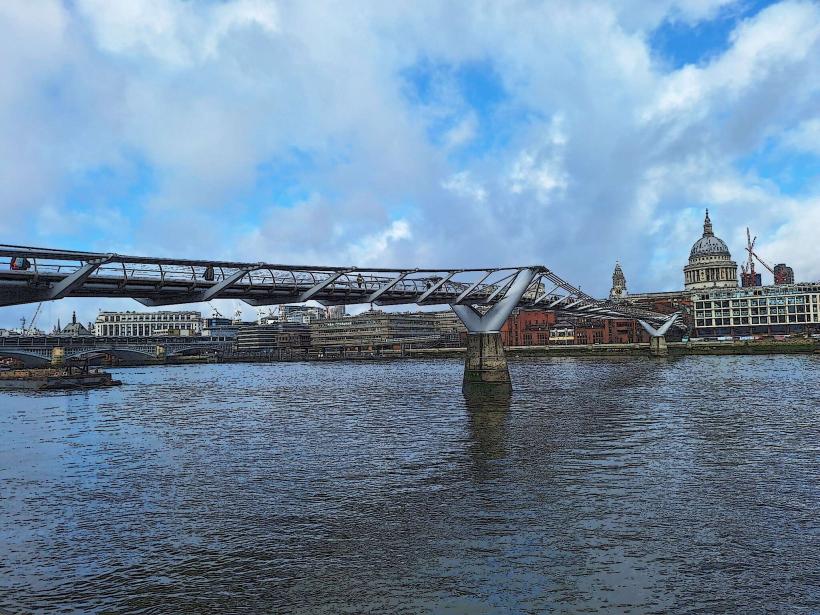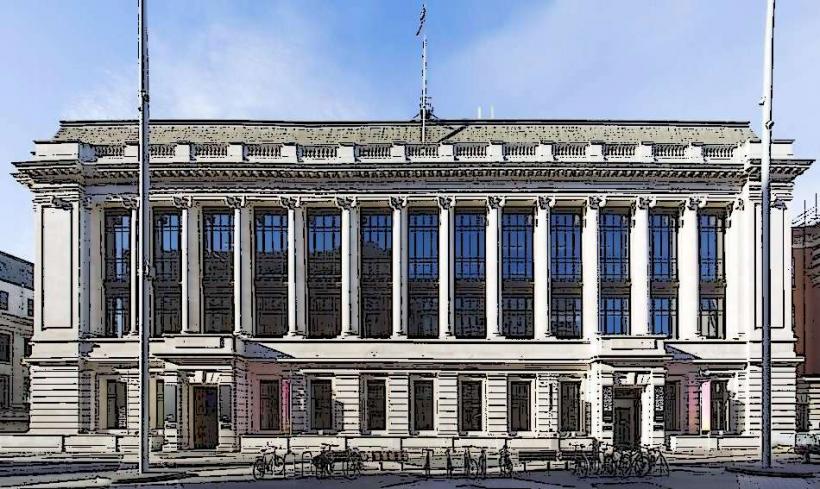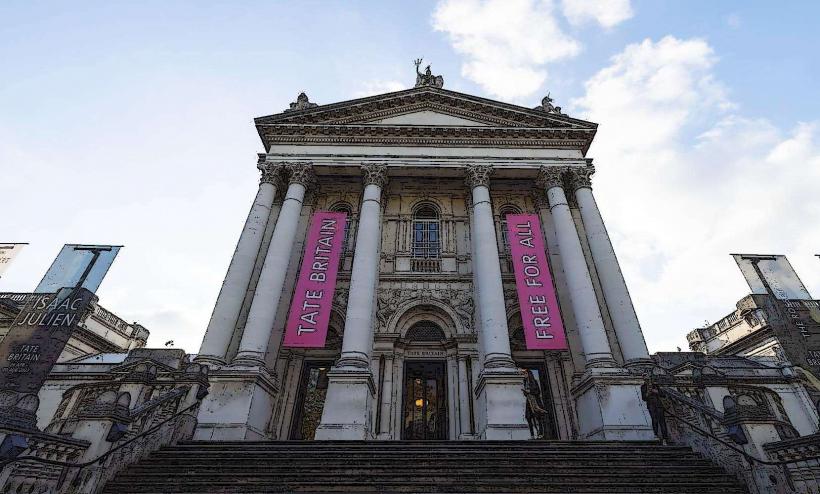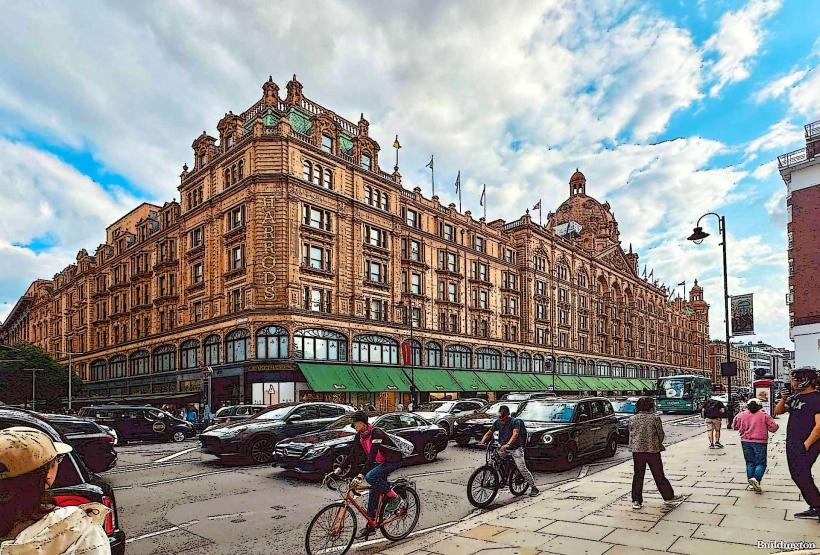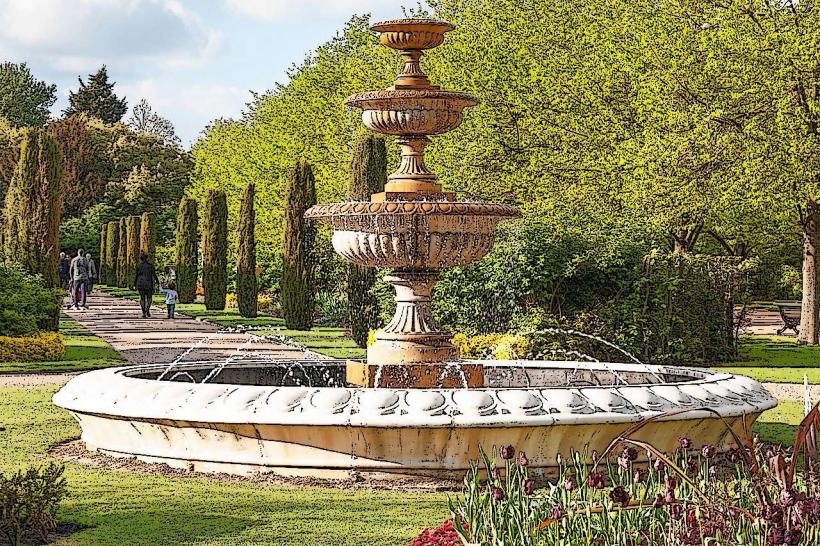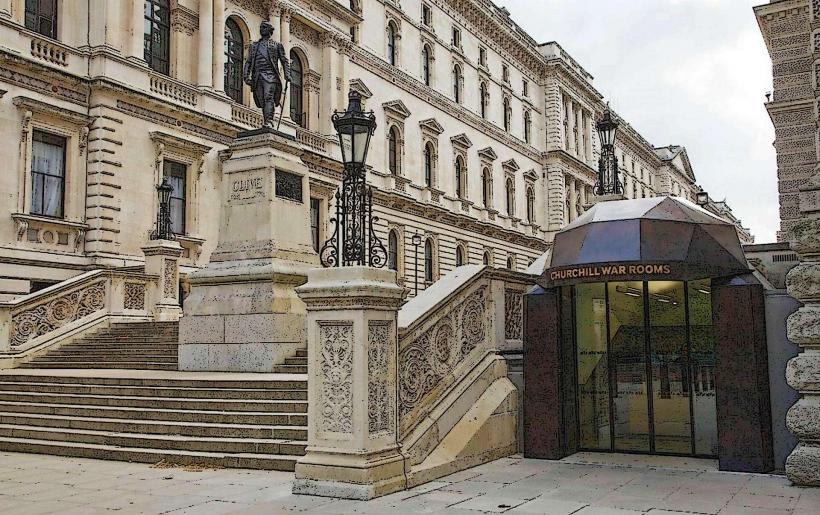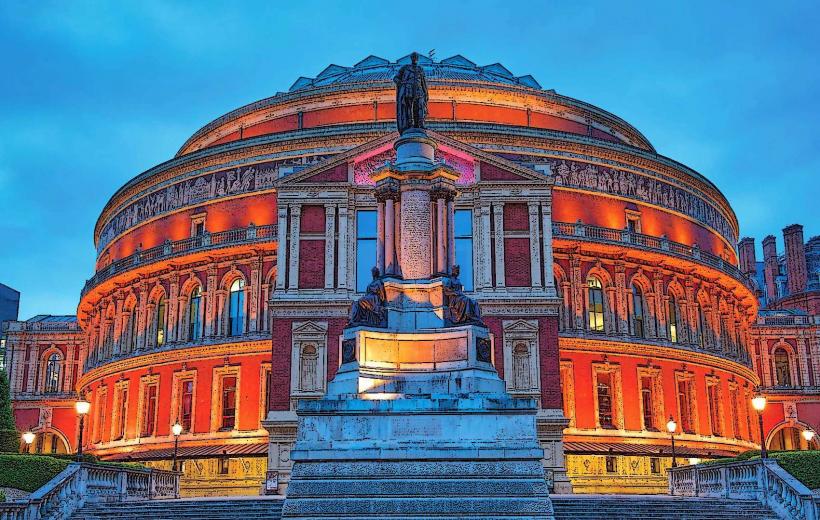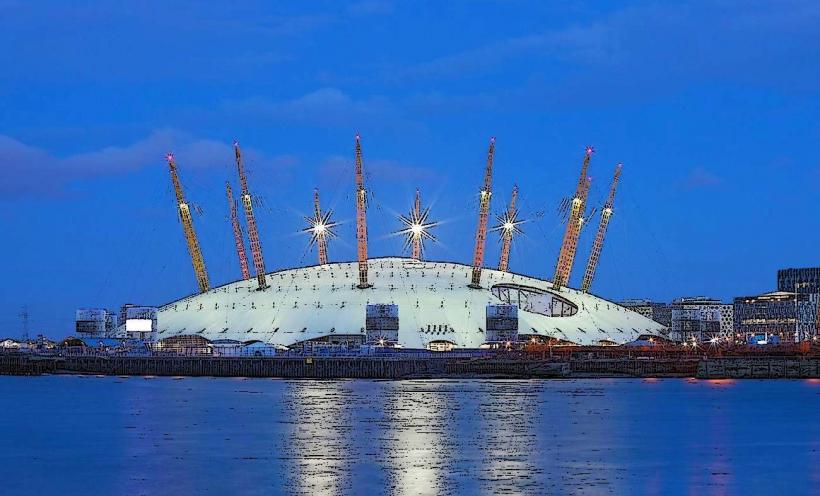Information
Landmark: Trafalgar SquareCity: London
Country: United Kingdom
Continent: Europe
Trafalgar Square is one of London’s most famous and historically significant public spaces, located in the heart of the city. Known for its grand scale, historical landmarks, and cultural significance, it is both a major tourist attraction and an important center for political and social events. Trafalgar Square offers a unique blend of history, art, and modern life, making it a central part of London's identity.
History and Origins
Named After the Battle of Trafalgar: Trafalgar Square was created in the early 19th century and was named after the Battle of Trafalgar, a significant naval victory by the British Royal Navy over the French and Spanish fleets in 1805. The battle, commanded by Admiral Lord Nelson, was one of Britain’s greatest naval triumphs and was seen as pivotal in securing British naval supremacy during the Napoleonic Wars. The square itself was constructed to commemorate this victory and Lord Nelson’s leadership.
Construction and Design: The square was designed by John Nash in the early 19th century, with significant work on its construction completed by Charles Barry (who later worked on the design of the Houses of Parliament). The first phase of Trafalgar Square was laid out in 1826, and it was completed in its current form by the 1840s. It has undergone various renovations over the years to modernize it and maintain its prominent role in London life.
Statue of Lord Nelson: At the center of Trafalgar Square stands the iconic Nelson’s Column, a towering 52-meter (169 ft) monument topped with a statue of Admiral Lord Nelson. The column was erected in 1843 to commemorate Nelson’s victory at the Battle of Trafalgar and his death during the battle. The statue of Nelson on top was sculpted by Edward Hodges Baily, and the monument was designed by William Railton.
Key Features and Landmarks
1. Nelson’s Column:
- Nelson’s Column is the most prominent feature of Trafalgar Square. The column is surrounded by four bronze lion statues, sculpted by Edwin Landseer, which were added in 1867. The monument is an enduring symbol of Britain’s naval history and a tribute to one of the country’s most famous military leaders.
2. The Fountains:
- Trafalgar Square features two large fountains that were added in the late 19th century. These fountains provide a dynamic element to the square and enhance the space’s visual appeal. The fountains were designed by architect Sir Edwin Lutyens and provide a pleasant contrast to the stately monuments that surround them.
3. The National Gallery:
- On the north side of Trafalgar Square stands the National Gallery, one of the world’s most important art museums. The gallery is home to an extensive collection of European paintings, including works by masters like Leonardo da Vinci, Vincent van Gogh, Rembrandt, and Claude Monet. The gallery’s iconic neoclassical facade faces the square, adding to the grandeur of the space.
4. St. Martin-in-the-Fields:
- At the northeastern corner of Trafalgar Square is the Church of St. Martin-in-the-Fields, a prominent Anglican church. Designed by James Gibbs, the church was built in 1722 and is an example of Georgian architecture. It is known for its beautiful interior, as well as its music concerts, particularly the St Martin’s Voices choir and classical music performances held in its crypt. The church is an active place of worship and also a popular tourist destination.
5. The Fourth Plinth:
- The Fourth Plinth is located on the northwest corner of Trafalgar Square and was originally intended to hold a statue of William IV. However, the statue was never erected, and the plinth remained empty for many years. In 1999, the square’s Fourth Plinth Commission was launched, turning the plinth into a platform for rotating modern art installations. This makes the Fourth Plinth a focal point for contemporary art and often draws attention with thought-provoking and sometimes controversial pieces.
Cultural Significance
1. Political and Social Events:
Trafalgar Square has been the site of numerous public gatherings, protests, and celebrations throughout London’s modern history. It has served as a place for political demonstrations, particularly in the 20th and 21st centuries. Significant events include anti-war protests, political rallies, and social justice movements. One of the most famous events in the square was the celebration of VE Day in 1945, when crowds gathered to celebrate the end of World War II in Europe.
The square has also been the site of large-scale public celebrations, such as the annual New Year’s Eve fireworks display, and has hosted national events like the Royal Jubilee celebrations and Olympic Games celebrations.
2. Public Access and Art:
Trafalgar Square is a popular gathering space for both Londoners and visitors. It is known for being a hub of cultural life, offering free access to public art, performances, and other activities. The Fourth Plinth and the proximity to the National Gallery make it a center of artistic expression and enjoyment. The square regularly features public art exhibitions, music performances, and cultural events.
The square is also home to a number of street performers, musicians, and artists, creating a lively atmosphere that adds to its reputation as a cultural center.
3. Tourist Attraction:
- As one of the central points of London, Trafalgar Square draws millions of visitors each year. Tourists visit not only to view its iconic monuments and visit the National Gallery but also to relax, take photographs, and enjoy the vibrant atmosphere. The square is located in close proximity to other notable London landmarks, including the West End, Buckingham Palace, and Covent Garden, making it a key starting point for exploring the city.
Significance in London’s Urban Landscape
Trafalgar Square plays a critical role in London’s urban and cultural landscape. Its central location in Westminster, combined with its rich historical and architectural significance, makes it a place that embodies London’s history and evolution. The square’s design was intended to create a dramatic and grand space that commemorated Britain’s naval history while offering a civic gathering space for the people of London.
In addition to its historical importance, Trafalgar Square is a popular place for cultural expression and community engagement. The open space invites visitors to linger, enjoy the surroundings, and participate in various events, making it an essential part of London’s dynamic atmosphere.
Visiting Trafalgar Square
Location: Trafalgar Square is situated in central London, in the City of Westminster, and serves as a major intersection for several important streets, including The Strand, Whitehall, and Charing Cross Road.
Getting There: Trafalgar Square is easily accessible by public transport, with the nearest Underground stations being Trafalgar Square (Charing Cross), Leicester Square, and Covent Garden. Numerous bus routes also pass through the square.
Opening Hours: Trafalgar Square is an open public space, meaning it is always accessible. However, the galleries and museums around the square, such as the National Gallery and St. Martin-in-the-Fields, have specific opening hours, typically from 10:00 AM to 6:00 PM.
Conclusion
Trafalgar Square is one of London’s most famous and iconic public spaces, blending historical significance with contemporary cultural relevance. From the towering Nelson’s Column and the celebrated National Gallery to the lively public events and art installations that take place throughout the year, Trafalgar Square is a place that draws together the past and present of London in a powerful way. Whether visiting for its historic monuments, attending an event, or simply soaking in the vibrant atmosphere, Trafalgar Square offers a unique and essential London experience.

